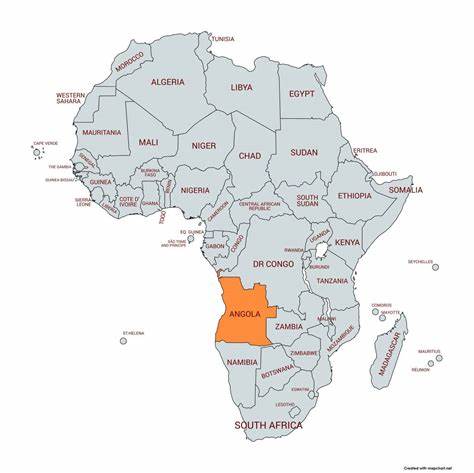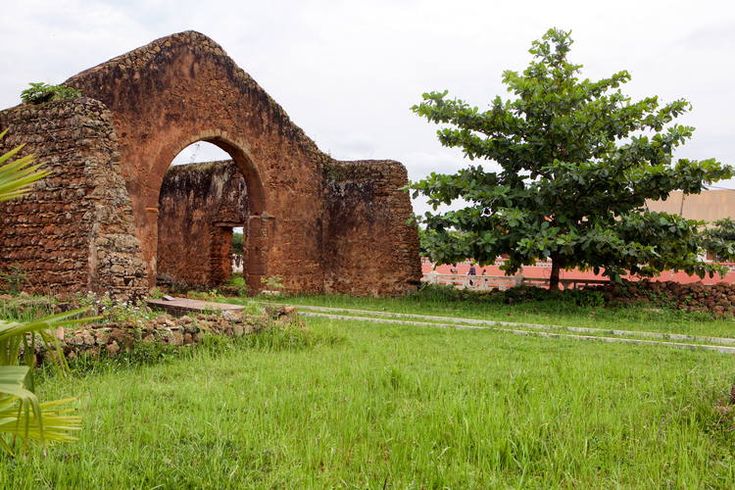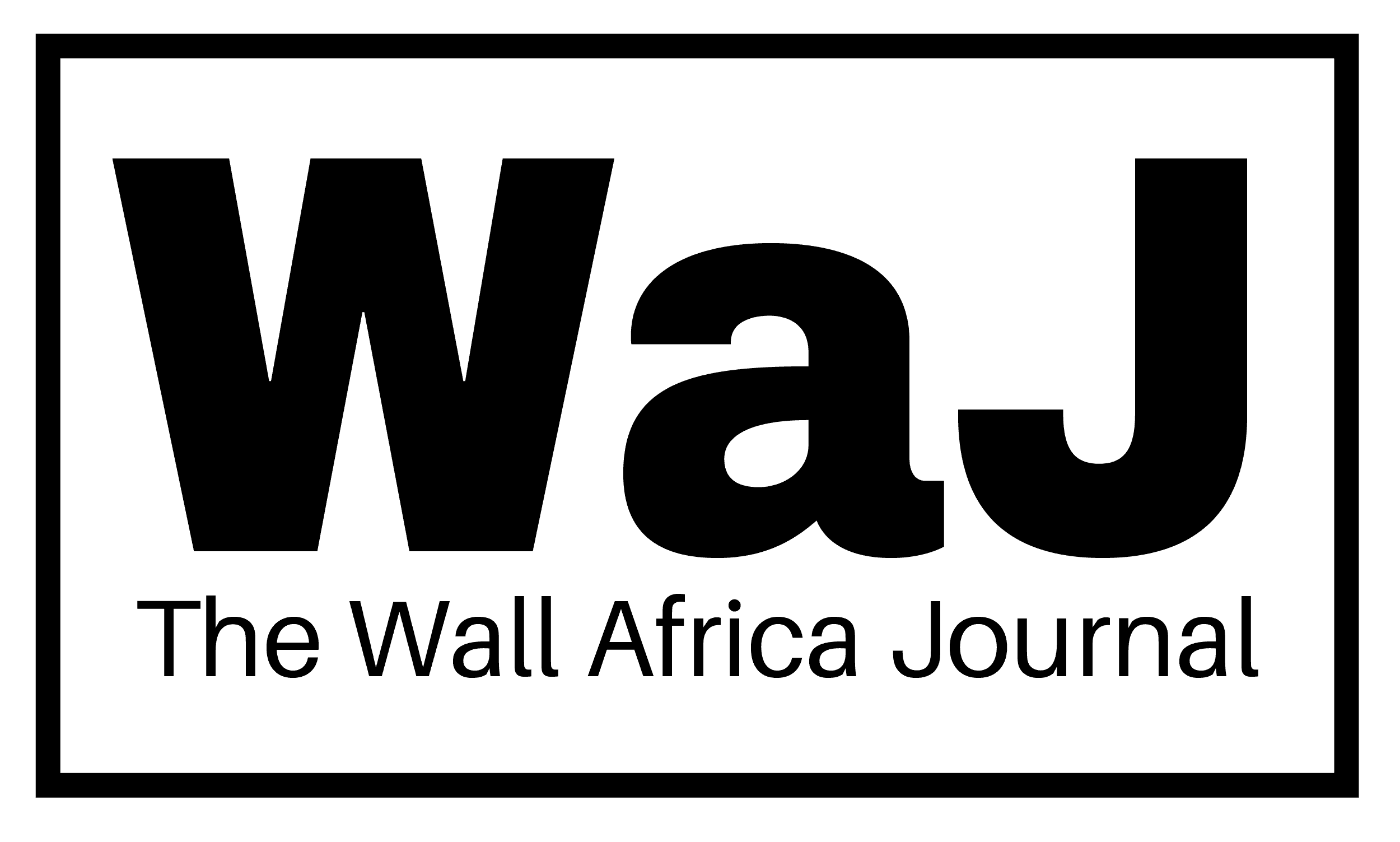A Nation in Transition Angola, a dynamic Southern African nation, is renowned for its abundant natural resources, vibrant cultural heritage, and an economy in transformation. With vast oil reserves, rich diamond deposits, and emerging potential in agriculture and mining, Angola is reorienting its economy after decades of conflict. Its strategic location along the Atlantic coast, coupled with ambitious infrastructure projects, makes Angola a promising destination for investors, expatriates, and travelers. However, the nation continues to face challenges, including high inflation, heavy reliance on oil, and socio-economic disparities that the government is actively addressing.
Angola’s Economy: Growth, Challenges, and Key Sectors

Angola’s economy is dominated by the oil and gas industry, which accounts for around 45% of GDP and over 90% of its exports. Recent reforms and new investments have spurred modest but steady growth, while significant efforts are underway to boost non‑oil sectors and upgrade critical infrastructure.
Key Economic Indicators (2023–2024)
| Indicator | Value (2023) | Projection (2024) |
| GDP Growth Rate | 3.8% | 3.5% |
| Inflation Rate | 27.5% | 25% |
| Unemployment Rate | 14.5% | 14% |
| Foreign Direct Investment | ~$2.5 billion | ~$3.0 billion |
| Public Debt to GDP | 70% | 65% |
Key Sectors Driving Growth
- Oil and Natural Resources
The Cornerstone of the Economy Oil production remains the lifeblood of Angola, accounting for over 90% of exports and a significant portion of government revenue. Despite its central role, the heavy reliance on oil exposes the economy to global price volatility. The government is taking steps to stabilize revenue through enhanced production techniques and strategic partnerships with international oil companies.
- Agriculture
Unlocking Untapped Potential Although subsistence farming still sustains the majority of the population, Angola’s vast arable lands offer enormous potential for agricultural expansion. Initiatives aimed at modernizing agriculture—including investments in irrigation, technology, and agro-processing—are expected to boost food security, create jobs, and reduce import dependency. - Mining
Beyond Diamonds In addition to its renowned diamond reserves, Angola is endowed with other minerals such as gold, iron ore, and phosphates. The mining sector is emerging as a key contributor to export earnings and industrial development. Efforts to attract foreign investment and improve regulatory frameworks are underway to unlock the full potential of this sector. - Infrastructure & Energy
Building for the Future Massive investments in roads, ports, and energy generation are transforming Angola’s urban and rural landscapes. Modernizing infrastructure is critical not only for facilitating trade but also for enhancing access to electricity and other services. The government’s focus on renewable energy projects—especially solar power—aims to support sustainable growth and reduce the nation’s carbon footprint.
Economic Challenges
High Inflation: Inflation is projected to ease to 21.3% in 2025, but rising consumer prices continue to strain household budgets.
Oil Dependency: The economy’s heavy reliance on oil makes it particularly vulnerable to fluctuations in global energy markets.
Social Inequalities & Unemployment: Despite growth in some sectors, high unemployment—especially among the youth—and socio-economic disparities remain persistent challenges.
Infrastructure Gaps:Although progress is being made, further improvements in transportation, energy, and digital connectivity are needed to support long-term economic diversification.
Future Outlook: A Path to Diversification
Looking ahead, Angola is actively pursuing economic diversification. Recent initiatives include seeking innovative financing from both Chinese and European partners to modernize critical infrastructure and boost non-oil sectors such as agriculture, mining, and renewable energy. With reforms aimed at improving the business climate, reducing bureaucratic hurdles, and enhancing public sector governance, Angola is poised to gradually shift from its traditional oil dependency to a more balanced, resilient economy. If these strategies succeed, Angola could emerge as a leading regional hub with enhanced opportunities for investment, sustainable development, and improved living standards for its citizens.
Business Opportunities in Angola: A Gateway to Investment in Southern Africa
Angola is emerging as one of Africa’s most dynamic investment destinations. Traditionally known for its vast oil reserves, the country is now diversifying its economy and creating attractive opportunities in multiple sectors. With ongoing economic reforms aimed at stabilizing and growing its GDP, Angola offers promising prospects for investments in energy, infrastructure, agriculture, tourism, and technology. Additionally, its strategic location along the Atlantic coast and membership in regional bodies like SADC and the African Continental Free Trade Area (AfCFTA) provide investors with access to broader Southern African and pan-African markets.

Top Sectors for Investment
1. Energy & Natural Resources: Angola’s Oil, Gas & Mining Powerhouse
Angola remains a leader in Africa’s oil and gas industry, boasting extensive reserves that continue to drive economic growth. Beyond hydrocarbons, the country’s rich deposits of diamonds and other minerals make it a hub for natural resource investments. As part of its diversification efforts, Angola is also actively exploring renewable energy projects.
Key Opportunities:
- Offshore and onshore oil and gas exploration
- Mining operations and mineral processing
- Renewable energy initiatives such as solar and wind projects
2. Infrastructure & Transportation: Building the Nation’s Backbone
Significant investments in modernizing infrastructure are reshaping Angola’s landscape. The government prioritizes developing road networks, ports, and airports to improve domestic and international connectivity. These projects enhance logistics while stimulating regional development.
Key Opportunities:
- Construction and rehabilitation of highways, bridges, and railways
- Expansion of port facilities and logistics hubs
- Public-private partnerships (PPPs) in transport infrastructure
3. Agriculture & Agribusiness: Unlocking Angola’s Agricultural Potential
Angola’s abundant arable land and favorable climate position it as an agricultural powerhouse in the making. Modernizing farming practices, increasing food production, and enhancing agro-processing are priorities for meeting domestic needs and expanding export potential.
Key Opportunities:
- Investment in modern farming techniques and irrigation systems
- Agro-processing and food preservation ventures
- Export of fresh produce and value-added agricultural goods
4. Tourism & Hospitality: Discovering Angola’s Untapped Treasures
Angola’s diverse landscapes, cultural heritage, and pristine natural attractions are attracting growing international interest. Investments in hospitality and eco-tourism are positioning the country as a destination for cultural, adventure, and nature tourism.
Key Opportunities:
- Development of hotels, resorts, and eco-lodges
- Cultural tourism initiatives and heritage site enhancements
- Marine tourism, adventure tourism, and wildlife conservation projects
5. Technology & Digital Economy: Fostering Innovation and Connectivity
Angola is laying the groundwork for a robust tech ecosystem through digital transformation initiatives. Efforts to improve internet connectivity and support tech startups are creating opportunities in fintech, e-commerce, and IT infrastructure, driving efficiency across sectors.
Key Opportunities:
- Fintech and mobile banking solutions
- IT infrastructure development, including data centers
- E-commerce platforms and digital service marketplaces
Investment Climate & Incentives
The Angolan government actively promotes foreign direct investment through several strategic incentives:
✅ Tax Incentives: Special regimes for priority sectors and free economic zones offer reductions and exemptions to attract investors.
✅ Regulatory Reforms: Streamlined business registration processes and updated policies create a more favorable investment climate.
✅ Public-Private Partnerships (PPPs): Collaborative projects in key infrastructure sectors open up diverse opportunities for investment.
✅ Regional Access: Angola’s strategic position and AfCFTA membership enable businesses to tap into wider regional markets.
Challenges & Risks to Consider
While Angola presents significant investment prospects, investors should be aware of potential challenges:
- Bureaucratic Hurdles: Some sectors face complex regulatory processes that require persistence and local expertise.
- Economic Volatility: Fluctuations in global oil prices and external debt can impact overall economic stability.
- Infrastructure Gaps: Despite progress, certain regions—especially rural areas—lack modern facilities.
- Currency Volatility: Exchange rate fluctuations may affect financial planning, but ongoing efforts aim to stabilize the Kwanza.
Why Investors Should Act Now
Angola’s abundant natural resources, comprehensive economic reforms, and ambitious development projects make it an increasingly attractive destination for global investors. With its strategic location, reforms to improve the business climate, and focus on diversifying its economy, Angola offers long-term growth and access to regional markets. Now is the ideal time to engage with this evolving market and form strategic partnerships to drive mutual success.
Everyday Life in Angola: Culture, Food, and Traditions

Angola is a nation where deep-rooted traditions meet the rapid pace of modern urban development. With a population of approximately 33 million people, Angola offers a diverse mix of cultural influences—from its vibrant capital, Luanda, to the quiet, tradition-steeped rural communities across the country.
Daily Life in Angola: Key Facts
| Aspect | Areas (Luanda, Benguela, Huambo) | Rural Areas (Cunene, Namibe, Uíge) |
| Average Income | ~$4,000 per year (PPP-adjusted)** | ~$1,500 per year (PPP-adjusted)** |
| Primary Language | Portuguese | Local languages (e.g., Umbundu, Kimbundu) |
| Common Occupations | Oil, services, construction, government | Farming, fishing, crafts, small-scale trade |
| Electricity Access | ~80% | ~25–30% |
| Internet Usage | ~40–50% | ~20% |
Culture: The Heart of Angolan Life
Angolan culture is a rich tapestry woven from indigenous traditions and Portuguese colonial influences. Music, dance, and community form the backbone of everyday life, creating a vibrant and resilient national spirit.
Music & Dance: The Sound of Angola
Angola has contributed unique musical genres that echo its historical and cultural journey.
| Style | Description |
| Semba | A traditional rhythm that laid the groundwork for samba, characterized by upbeat percussion and storytelling lyrics. |
| Kuduro | A high-energy genre blending electronic beats with traditional African rhythms, igniting dance floors across the country. |
| Kizomba | A slower, romantic style that has grown popular locally and internationally. |
Artists like Bonga and Paulo Flores have played vital roles in sharing Angola’s sounds with the world. Traditional instruments, including the marimba and dikanza, add depth to these musical expressions.
Religion & Spiritual Life
Angola is predominantly Christian, with Roman Catholicism and various Protestant denominations shaping much of its spiritual life. Alongside Christianity, traditional beliefs and ancestral customs continue to influence local practices, creating a harmonious blend of faiths.
Food: A Culinary Journey

Angolan cuisine reflects the nation’s diversity, offering hearty stews, flavorful condiments, and communal meals that bring people together.
| Dish | Description | Main Ingredients |
| Funge | A staple porridge, served with rich stews. | Cassava or maize flour |
| Moamba de Galinha | A savory chicken stew infused with palm oil and spices. | Chicken, palm oil, okra, garlic, spices |
| Calulu | A stew of fish or meat with vegetables, blending unique flavors. | Fish or meat, dried fish, vegetables, spices |
| Ginguba (Peanuts) | A versatile ingredient used to enhance stews and sauces with nutty flavors. | Peanuts |
Street food, such as grilled fish (peixegrelhado) and roasted cassava, adds a modern dimension to Angola’s culinary scene.
Traditions & Festivals
Angola celebrates a vibrant array of festivals and public holidays that reflect its cultural diversity and history.
| Festival/Event | Significance | When |
| Independence Day | Celebrates Angola’s independence from Portugal. | November 11 |
| Carnival | Marked by parades, music, and dance, showcasing lively spirit. | Annually before Lent |
| FENACULT | National festival celebrating Angolan arts and heritage. | Every few years |
Regional festivals, traditional weddings, and harvest celebrations preserve Angola‘s cultural heritage and bring communities together.
Urban vs. Rural Life: A Comparison
| Aspect | Urban Life (Luanda, Benguela) | Rural Life (Interior Provinces) |
| Work Schedule | 9 AM – 6 PM, modern office routines | Sunrise to sunset, often tied to agriculture |
| Transportation | Taxis, buses, ride-sharing services | Walking, bicycles, informal transport |
| Housing | Modern apartments, villas, new builds | Traditional homes, simple family-built dwellings |
| Social Life | Nightlife, restaurants, cultural hubs | Community gatherings, local markets, storytelling evenings |
Rapid urbanization has led to the growth of informal settlements around cities like Luanda, often presenting infrastructure challenges.
Final Thoughts: A Country of Resilience & Vibrant Traditions
Angola is a land of contrasts—modern urban landscapes intertwined with enduring traditions. From the pulsating rhythms of kuduro in Luanda to communal meals of funge and moamba de galinha in rural areas, Angolans embrace life with warmth, creativity, and an unyielding spirit. With investments in connectivity and electrification, the country is steadily bridging its urban-rural divides, setting the stage for a more inclusive future.
Cost of Living in Angola: Affordable or Expensive?
Angola’s economy, largely driven by its oil sector, has positioned its capital, Luanda, as one of the most expensive cities for expatriates globally. However, the cost of living varies greatly across the country. While urban Luanda is known for its steep rental prices, imported goods, and premium services, regional cities and rural areas offer more affordable alternatives—albeit with fewer amenities and limited services in some cases.

Overall Cost of Living: A Quick Comparison
| Category | Luanda (Capital & Most Expensive) | Regional Cities (e.g., Benguela, Lubango, Huambo) | Rural Areas |
| Rent (1-bedroom apartment, city center) | $1,500 – $3,000 | $600 – $1,200 | $300 – $700 |
| Utilities (electricity, water, internet) | $150 – $250 | $80 – $150 | $50 – $100 |
| Groceries (monthly for one person) | $200 – $400 | $150 – $300 | $100 – $250 |
| Public Transport (monthly pass) | $40 – $80 | $20 – $40 | Limited options |
| Eating Out (mid-range restaurant meal) | $15 – $30 per meal | $10 – $20 per meal | $8 – $15 per meal |
| Healthcare (private consultation) | $40 – $120 | $30 – $80 | Limited access |
Housing: The Biggest Expense in Luanda
Housing costs in Luanda are particularly steep, often consuming a significant portion of an expatriate’s budget. While more affordable options exist in regional cities and rural areas, these often come with trade-offs in terms of quality, location, and accessibility to services.
| Location | 1-Bedroom Apartment (City Center) | 1-Bedroom Apartment (Outside City Center) |
| Luanda | $1,500 – $3,000 | $800 – $1,500 |
| Regional Cities | $600 – $1,200 | $400 – $800 |
| Rural Areas | $300 – $700 | $200 – $500 |
Food & Groceries: Local vs. Imported Goods
Angola’s grocery costs depend largely on whether items are locally produced or imported. Local markets offer fresh produce at lower prices, while imported goods in supermarkets carry higher costs due to import duties and transport expenses—especially in Luanda.
| Item | Local Markets (Affordable) | Supermarkets (Imported, More Expensive) |
| Rice (1 kg) | ~$1.50 | ~$3.00 |
| Milk (1 liter) | ~$1.80 | ~$3.50 |
| Chicken (1 kg) | ~$5.00 | ~$8.00 |
| Bread (1 loaf) | ~$1.00 | ~$2.00 |
| Eggs (12) | ~$2.50 | ~$5.00 |
While regional cities offer a balance between affordability and variety, rural areas may have limited options during off-seasons.
Transportation: Expensive Yet Essential
Public transportation in Luanda is relatively costly, and many residents rely on taxis or private vehicles. Informal shared taxis (candongueiros) provide an affordable alternative, albeit with inconsistent service quality.
| Transport Mode | Cost (USD) |
| Bus (one-way) | $1.00 – $2.00 (Luanda); lower regionally |
| Taxi (5 km ride) | $5 – $10 |
| Car Rental (per day) | $60 – $120 |
| Fuel (per liter) | $1.20 – $1.60 |
In rural areas, transportation options may be limited to bicycles or informal networks.
Utilities & Internet: Pricey Compared to Income
Utilities and internet services, particularly in Luanda, are higher-priced compared to the average income. In rural areas, inconsistent electricity supply and limited internet access can further impact affordability.
| Utility | Average Monthly Cost (Luanda) | Average Monthly Cost (Regional Cities) |
| Electricity & Water | $100 – $200 | $70 – $150 |
| Internet (20 Mbps, unlimited) | $60 – $100 | $40 – $80 |
Healthcare: Public vs. Private Services
Angola’s healthcare landscape features both public and private options. Public hospitals are more affordable but can face resource constraints, while private clinics provide higher-quality care at significantly higher costs.
| Healthcare Service | Public Hospital | Private Clinic |
| General Consultation | $10 – $30 | $40 – $120 |
| Hospital Stay (per night) | $20 – $80 | $120 – $350 |
| Health Insurance (monthly) | $40 – $120 | $100 – $300 |
Specialized treatments may be unavailable in certain regions, requiring travel to major urban centers.
Education: International Schools Are Costly
Education options in Angola vary widely. While public schools are free, private and international schools charge high tuition fees, particularly in Luanda, where demand often outpaces supply.
| School Type | Annual Tuition Fees (USD) |
| Public Schools | Free |
| Private Local Schools | $500 – $2,000 |
| International Schools | $7,000 – $20,000 |
Final Verdict: Is Angola Affordable or Expensive?
Angola Is Affordable If You:
- Live in regional cities or rural areas with lower housing and daily costs.
- Shop at local markets and consume locally produced goods.
- Use public transportation or shared taxi services like candongueiros.
Angola Is Expensive If You:
- Choose to live in Luanda, especially in modern, high-end apartments.
- Depend on imported goods, international brands, and premium services.
- Opt for private healthcare and international schools.
For many Angolans, low average incomes make the high cost of living in Luanda particularly challenging. However, ongoing economic reforms and investments in infrastructure aim to reduce disparities and improve affordability across the country. For expatriates and investors, Angola offers both premium conveniences and opportunities to explore more cost-effective lifestyles beyond the capital.
Safety in Angola: Crime Rates, Travel Tips, and Security Measures
Angola is a country rich in natural resources and cultural heritage. Since the end of its long civil war in 2002, Angola has made significant strides in stability and economic growth. However, visitors should exercise caution, particularly in urban centers like Luanda, where street crime and other risks persist. By staying informed and following practical safety measures, travelers can enjoy a rewarding experience while minimizing potential hazards.

Crime Rates in Angola: How Safe Is It?
While Angola is relatively stable, crime rates remain a concern, particularly in Luanda. Petty crimes such as pickpocketing and theft are common, with incidents of armed robbery or violent crime occasionally reported, especially at night or in isolated areas. Rural areas generally experience lower crime rates but present challenges like limited infrastructure and unpredictable road conditions.
| Crime Type | Angola (Luanda) | South Africa (Johannesburg) | France (Paris) | USA (New York City) |
| Homicide Rate | ~4.1 | 36.4 | 1.3 | 5.0 |
| Robbery | ~110 | 280 | 110 | 160 |
| Pickpocketing/Theft | ~320 | 450 | 300 | 350 |
| Car Theft | ~25 | 120 | 50 | 90 |
Safe and Unsafe Areas in Angola
| Area | Safety Level | Notes |
| Luanda (City Center & upscale districts) | ⭐⭐⭐ | Increased police presence makes these areas relatively safer; remain cautious in crowded locations. |
| Peripheral Areas in Luanda | ⭐⭐ | Higher risk of petty and violent crime; avoid walking alone at night. |
| Cabinda Province | ⭐⭐ | Security concerns linked to separatist activity; stay informed about local developments. |
| Provincial Capitals (e.g., Benguela, Huambo) | ⭐⭐⭐ | Generally safer than Luanda; always follow local security advice. |
| Rural Areas | ⭐⭐ | Lower crime rates but infrastructure and road safety can be challenging. |
Security Measures: How Angola Ensures Safety
Law Enforcement and Police Presence: Angola’s police forces work to control crime in urban districts, with specialized units operating in high-risk areas. However, response times and resources can vary significantly, particularly outside Luanda.
Enhanced Security in Key Areas: High-profile districts, diplomatic zones, and tourist hotspots often benefit from increased security measures. The government is also working on international collaborations to improve nationwide safety.
Global Safety Rankings: Angola’s ranking on the Global Peace Index reflects ongoing progress in political stability and safety but underscores areas for improvement.
| Country | Global Peace Index Rank (Lower = Safer) |
| Iceland | 1 |
| France | 65 |
| Angola | ~120 |
| South Africa | 128 |
| Nigeria | 146 |
Travel Safety Tips for Visitors
🚨 Avoid Flashing Cash: Carry only what you need and use digital payments where possible.
🎒 Secure Your Valuables: Use crossbody bags, keep belongings close, and avoid wearing expensive jewelry in public.
🚖 Use Registered Transport: Stick to official taxis or reputable ride-hailing services, especially at night.
🌍 Respect Local Customs: Dress modestly and be mindful of cultural sensitivities, particularly in rural areas.
📍 Stay Alert in Crowded Areas: Markets, transport hubs, and tourist sites are hotspots for pickpocketing.
🛣️ Drive Carefully: Road conditions can be unpredictable; avoid nighttime travel and plan routes in advance.
☔ Be Wary of Flood Risks: During the rainy season (October to April), flooding can disrupt travel and increase road hazards.
Emergency Numbers in Angola
- Police: 113
- Ambulance: 112 or 116
- Fire Department: 115
Note: Emergency response times can vary, particularly outside urban centers.
Terrorism and Political Stability: Any Concerns?
Angola has enjoyed relative political stability, with a low risk of terrorism. However, isolated protests and occasional clashes occur, particularly in regions like Cabinda Province, where separatist sentiments persist. Travelers should:
- Monitor local news and official updates.
- Avoid large political gatherings or demonstrations.
- Follow advice from local authorities and their home country’s travel advisories.
Angola remains a land of contrasts, offering rich cultural experiences alongside areas where caution is needed. With practical preparations and awareness, visitors can safely explore this vibrant nation and appreciate its many wonders.
Tourism in Angola: Must-Visit Places and Hidden Gems
Angola is an alluring destination that blends vibrant urban energy with breathtaking natural landscapes and a rich cultural heritage. From the dynamic streets of Luanda to the awe-inspiring beauty of Kalandula Falls, Angola offers diverse experiences that cater to every kind of traveler.
Luanda – The Vibrant Capital
Angola’s bustling capital is a hub where history and modernity collide. Visitors can explore colonial landmarks, savor local flavors, and enjoy coastal getaways.

Highlights:
- Fortaleza de São Miguel: A historic 16th-century fortress, this landmark offers panoramic views of Luanda and the Atlantic Ocean. It also houses the Museum of Armed Forces, showcasing Angola’s military history.
- Museu Nacional de Antropologia: This cultural museum is a must-visit for its collection of indigenous art and artifacts, celebrating Angola’s diverse heritage.
- Local Markets: From textiles to spices, energetic markets like Mercado do Benfica provide a vibrant shopping experience for traditional crafts.
- Coastal Escapes: Nearby Mussulo Island is a tranquil retreat for beach lovers and water sports enthusiasts. Ilha do Cabo (Cape Island) offers upscale dining and nightlife by the sea.
Kalandula Falls – Nature’s Masterpiece

One of Africa’s largest and most stunning waterfalls, Kalandula Falls showcases the raw beauty of Angola’s natural landscapes.
Highlights:
- Scenic Overlooks: Visitors can enjoy sweeping views of the water as it cascades over 105 meters into lush gorges.
- Hiking Trails: Scenic paths allow exploration of the surrounding landscapes, offering incredible photo opportunities.
- Local Guides: Guided tours provide insights into the ecology and cultural significance of the falls.
- Accessibility: Located near Malanje, Kalandula Falls is a short drive from the city, making it a convenient day trip.
Benguela – The Coastal Escape
Benguela offers a mix of colonial charm, cultural vibrancy, and seaside relaxation, making it a favorite destination along Angola’s Atlantic coastline.
Highlights:
- Colonial Architecture: Wander through Benguela’s well-preserved streets and admire its historical Portuguese-style buildings.
- Seaside Promenades: The city’s promenades offer picturesque beachfronts perfect for leisurely strolls or sunset views.
- Cultural Vibes: Enjoy fresh seafood at local restaurants, or explore the local arts scene with music and cultural performances.
- Nearby Lobito: Just a short distance away, Lobito boasts a famous port and pristine beaches.
Moxico Province – Angola’s Untamed Wilderness
For adventurers seeking off-the-beaten-path experiences, Moxico Province offers a wealth of untouched natural beauty and cultural richness.
Highlights:
- Wildlife Safaris: Explore the province’s vast savannahs and forests, which are home to diverse fauna.
- Cultural Encounters: Visit indigenous communities to gain a deeper understanding of their traditions and lifestyles.
- Natural Scenery: Marvel at expansive landscapes, from rolling hills to dramatic geological formations.
- Regional Significance: Part of the Okavango-Zambezi Transfrontier Conservation Area, Moxico contributes to ecotourism and wildlife preservation efforts.
Hidden Gems: Off-the-Beaten-Path Adventures

Angola holds many lesser-known treasures that reward intrepid travelers.
- Tundavala Fissure – A Geological Wonder Located near Lubango, this dramatic cliff formation rises to ~2,600 meters above sea level, offering breathtaking views of Angola’s highlands.
- MbanzaKongo – A Historical Treasure Once the capital of the Kingdom of Kongo, this UNESCO World Heritage Site is steeped in history and cultural significance. Highlights:
- Historical Ruins: Explore remnants of the ancient Kongo Kingdom, including old churches and royal sites.
- Cultural Festivals: Participate in vibrant celebrations that honor the city’s heritage.
- Traditional Cuisine: Savor Angolan dishes infused with flavors from centuries-old traditions.
Best Time to Visit Angola
- Dry Season (May–October): The ideal time for sightseeing, beach outings, and outdoor adventures, with pleasant weather conditions.
- Rainy Season (November–April): Lush green landscapes make this a scenic time to visit, though heavy rains can occasionally impact road travel, particularly in rural areas. Angola’s blend of urban energy, natural wonders, and historical depth makes it a unique destination. Whether exploring the dynamic capital of Luanda, marveling at the majesty of Kalandula Falls, or uncovering hidden gems like Tundavala Fissure, Angola promises enriching experiences for every traveler.


